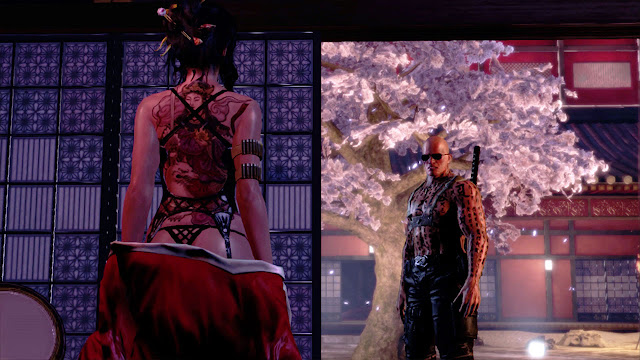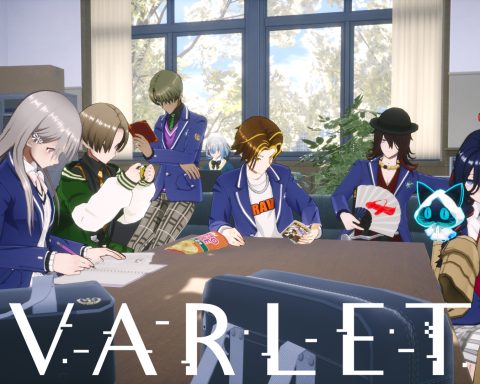Game theory by Matt S.
There’s a bit of controversy around NieR: Automata. Specifically, the short skirt of protagonist 2B, which likes to fly around the place like it’s made of the lightest material known, revealing 2B’s white underwear (yes the game’s producer has said that it’s the bottom of the leotard, but leotards that actually look like that are black by default, not white).
There’s already been a copious amount of fan art produced, and an awful lot of it makes good use of that white underwear. And, because gaming is continuing to slide towards puritanism, this is naturally controversial.
Not that the game’s creative director, Yoko Taro, cares in the slightest. In fact, he’s taken to Twitter to encourage fans to create more highly fanservicey fan art. We’d expect nothing less from him. He is one of gaming’s great (and unfortunately too few) transgressive artists. But what makes him so transgressive is not that he’s upsetting people with 2B’s underwear; transgressive artists need to be a lot more than just controversial, and that’s why there are so few genuine examples of them.
To read on, please log in to your DDNet Premium account:










